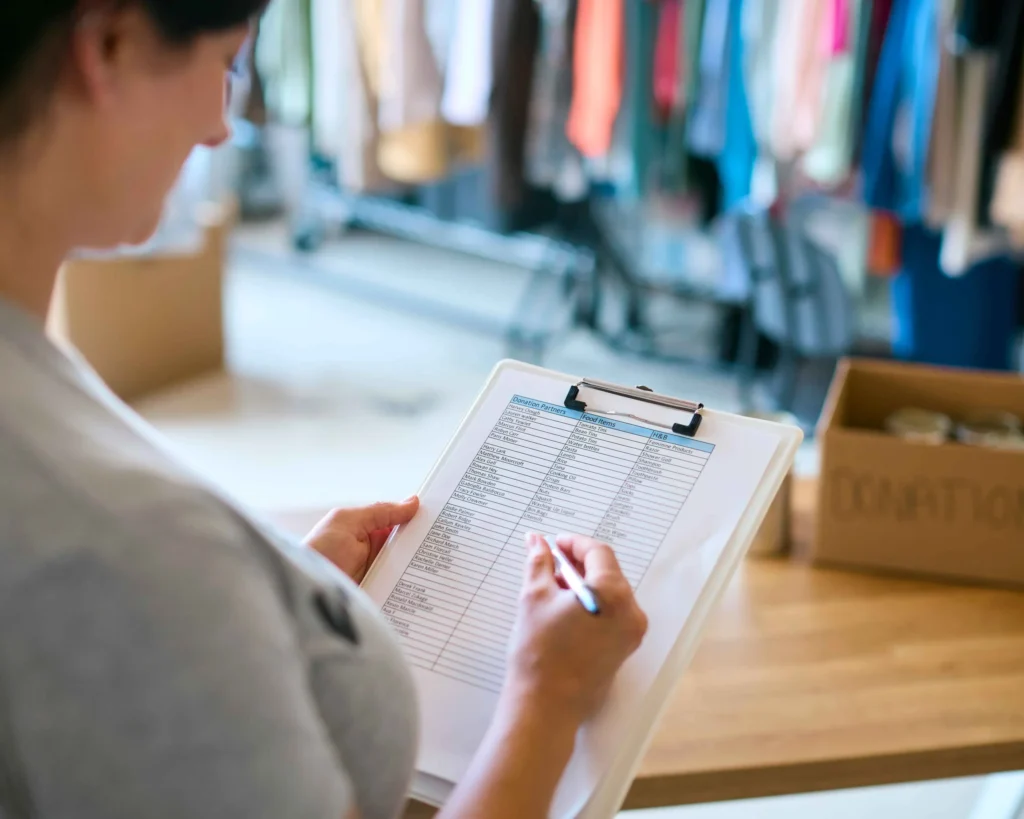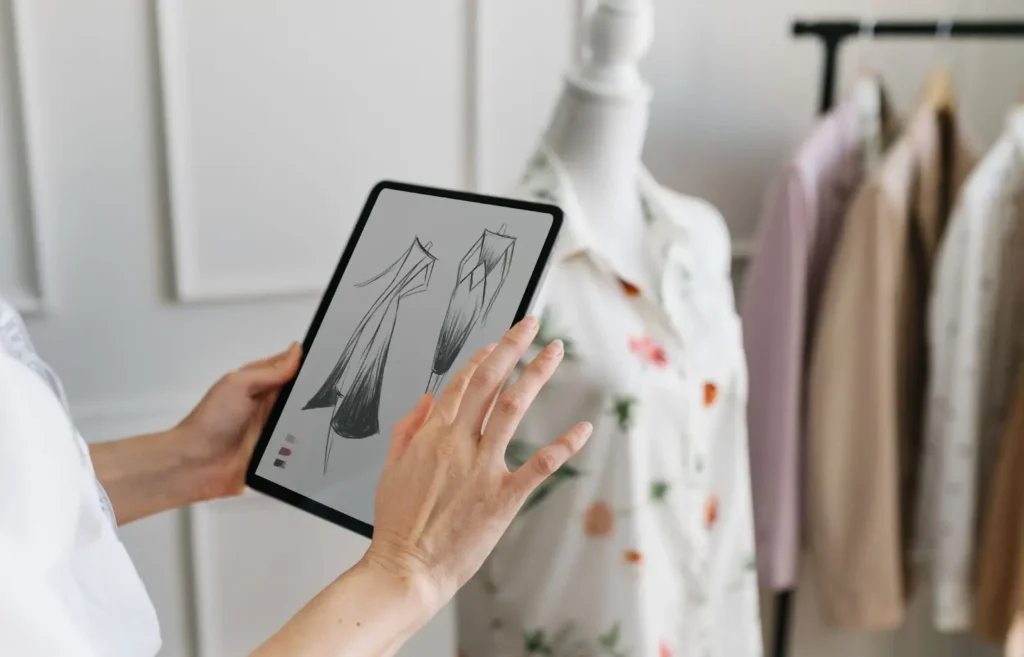Of course, it’s not all smooth sailing. Outsourcing has its risks. Let’s look at the challenges you might face:
1. Less Control Over the Process
When you are not making the clothes yourself, you give up some control. You are trusting someone else to bring your vision to life. Even with clear instructions, mistakes can happen. Fabrics may be slightly different. Sizes might run off. Delays may pop up. That can be frustrating, especially when your name is on the label.
2. Communication Barriers
If your manufacturer is overseas, you might deal with language differences, time zones, or cultural misunderstandings. Miscommunication can lead to production errors, delays, or unexpected costs. It takes effort to build a good relationship and keep things running smoothly.
3. Minimum Order Requirements
Most manufacturers won’t work with tiny orders. They often require a Minimum Order Quantity (MOQ), like 100 or 500 pieces per design. That’s tough if you’re a small brand testing things. It also means investing more money upfront, which might not fit your budget.
4. Quality Risks
Not all manufacturers are created equal. Some may cut corners, use cheaper materials, or skip quality checks. If you don’t do your research or test samples first, you could end up with poor-quality products. And that could hurt your brand’s reputation fast.
5. Hidden Costs
While production might be cheaper, other costs can sneak in. Think shipping fees, customs charges, taxes, and even the cost of fixing mistakes. If you don’t budget for these, your savings from outsourcing could disappear fast.
6. Longer Lead Times
Even the best manufacturers need time to source materials, start production, and ship their products. This timeline can stretch even more if you’re working overseas. If you’re not careful, you could miss launch dates or run out of stock during busy seasons.
7. Finding the Right Partner Takes Time
You don’t want to pick just anyone. A bad manufacturer can cause way more problems than they solve. You need to research, ask for samples, check reviews, and maybe even visit the facility. It’s a process. And it takes time and patience.
8. Harder to Pivot Quickly
If you need to make a last-minute change, like a color switch or a new size run, it’s harder when you’re not in control of production. Some manufacturers require weeks of lead time to make any change. That slows down your ability to react to trends or customer feedback.
When Do Brands Need To Start Outsourcing?
So, when is the right time to outsource clothing manufacturing? The truth is, there’s no magic number. But there are clear signs that tell you it might be time to leap:
1. You’re Out of Time
You are working late nights. You are packing orders at your kitchen table. You are spending more time managing production than building your brand. That’s a signal. Outsourcing can free up your schedule so you can focus on what moves the needle, like design, branding, and marketing.
2. You Can’t Keep Up With Orders
If demand is growing faster than you can handle, that’s a strong sign you need help. Missing deadlines or turning customers away isn’t just stressful, it can damage your reputation. A manufacturer can help you meet demand without breaking a sweat.
3. Your Quality Is Inconsistent
Maybe one hoodie fits perfectly, and the next one’s crooked. That kind of inconsistency hurts trust. If you are struggling to maintain quality with in-house production, outsourcing to professionals can bring in the consistency your brand needs.
4. You are Ready to Scale
Want to move from small drops to seasonal collections? Or expand into new categories like outerwear or activewear? Manufacturers have the tools and skills to support that kind of growth. You don’t need to do it all on your own.
5. You’ve Got the Budget
Outsourcing isn’t free. While it can save money in the long run, there’s usually an upfront cost. If you’ve hit a point where you’ve got steady revenue and a clear budget, you may be ready to invest in professional production. It’s not about being big, it’s about being ready.
6. You Want to Improve Your Brand Image
Better stitching, cleaner finishes, and faster turnaround; these things make your brand look more polished. If you are trying to break into boutiques, compete with bigger brands, or raise your prices, outsourcing can help you get there.
Choose My Global Threads – Your Go-To Clothing Manufacturer!




